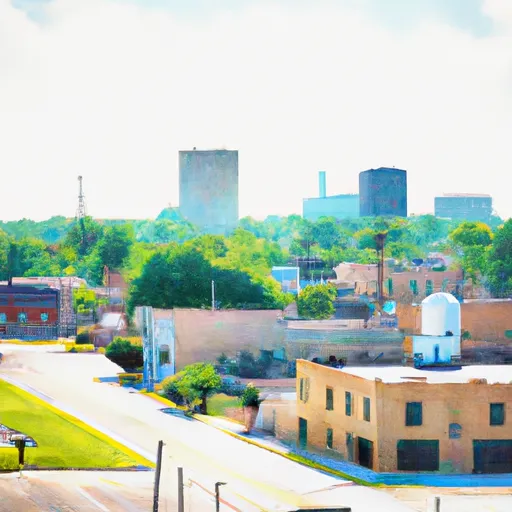°F
°F
mph
Windspeed
%
Humidity











Zachary, Louisiana is a small city located in East Baton Rouge Parish. It experiences a humid subtropical climate, characterized by hot and humid summers and mild winters. The average high temperature in the summer months hovers around 92°F (33°C), while winter temperatures average around 63°F (17°C). The area receives an average annual rainfall of approximately 62 inches (157 cm).
Zachary is situated near the Amite River, which offers various hydrology constituents for residents and visitors to enjoy. The river provides opportunities for boating, fishing, and water sports. It is also a great spot for nature enthusiasts, with opportunities for birdwatching and wildlife observation.
Apart from the river, Zachary boasts several outdoor recreation opportunities. The city has numerous parks with well-maintained trails for hiking, biking, and jogging. These parks also offer picnic areas, playgrounds, and sports fields for family-friendly activities. Additionally, Zachary is home to a golf course, providing golf enthusiasts with a scenic and challenging experience.
In conclusion, Zachary, Louisiana offers a pleasant humid subtropical climate, diverse hydrology constituents with the Amite River, and various outdoor recreation opportunities such as hiking, biking, boating, and golfing.
Weather Forecast
Zachary receives approximately 1575mm of rain per year, with humidity levels near 85% and air temperatures averaging around 20°C. Zachary has a plant hardyness factor of 8, meaning plants and agriculture in this region tend to thrive here all year round.
Regional Streamflow Levels
112
Cubic Feet Per Second
193
Cubic Feet Per Second
26
Cubic Feet Per Second
3
Cubic Feet Per Second
Nearby Camping
| Camping Area | Reservations | Toilets | Showers |
|---|---|---|---|
| Lamar Dixon Expo RV Center | |||
| Lake End City Park | |||
| Farr Park | |||
| Natchez State Park | |||
| Lake End Park | |||
| Clear Spgs Rec Area |



